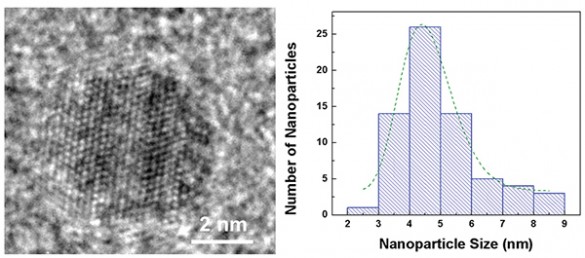Better, Cheaper, Faster. That was the mantra when your editor worked in the semiconductor manufacturing world. Designs, processes and materials were all recalibrated constantly to enable the march toward those three goals. And to some extent, constant repetition helped us achieve the ideal of Moore’s Law, the dictum that computer chips would double the number of transistors they contained every two years. Transistor density in computer chips determines the level of performance they can achieve, and this doubling has yet to reach its end. Unfortunately, batteries haven’t doubled in performance every two years, but seem to follow an annual five-to-eight-percent increase in energy density. This would mean, at best, that energy densities would double every nine years. The Tesla Forum notes this progress would not be continuous, but introduced in steps. Without either party sharing much information on the energy densities of their experimental cells, researchers in America and Switzerland find the “super environmentally friendly” nature of fool’s gold in batteries …
A Layer of Graphene, A Layer of Nanowires…
Combine nano-anything with graphene, and that seems to describe most of what’s driving physics and chemistry laboratories at our major universities. The blog reported last week on Princeton researchers who’ve created a thin, flexible solar cell that absorbs 96-percent of received light and draws energy from off-axis and varied wavelengths of light. MIT researchers, too, have created a thin, flexible solar cell, but one based on layers of flexible graphene sheets, each coated with a layer of nanowires. Besides flexibility, these sheets offer transparency, enabling their use on windows as well as other surfaces. David Chandler, reporting for MIT states that the new cells may prove to be far less expensive than today’s silicon equivalents, which require high-purity silicon that undergoes crystallization and extremely thin slicing. Alternatives use indium tin oxide (ITO), itself an expensive substitute for or adjunct to silicon. Nanostructured cells such as that from Princeton may allow lower-priced material, although one version uses a gold foil top layer. Silvija …
Solar Cells – All That Glitters Need Not Be Gold
The search for less expensive solar cells drives many lines of research these days, with trends toward smaller collectors and less expensive materials leading the way. Many solar cells use gold and other pricey metals to provide junctions within the cell structure. Gold closed Friday at $1,204.00 per troy ounce on the London Metal Exchange, and nickel at $10.01 per pound. That would make gold worth $17,558 per avoirdupois pound (14.583 troy ounces per pound), or 1,754 times more expensive than nickel. According to Gizmag, University of Toronto investigators found that substituting nickel for the previously used gold as collection contacts in their colloidal quantum dot solar cells provided equal performance, at a 40 to 80-percent drop in solar cell prices. Following that math, current pricing of solar cells such as Ascent’s thin film units at $6.00 per Watt could drop to $2.40 to $1.20 per Watt; near the $1.00 per Watt goal many cell makers have long sought. …

